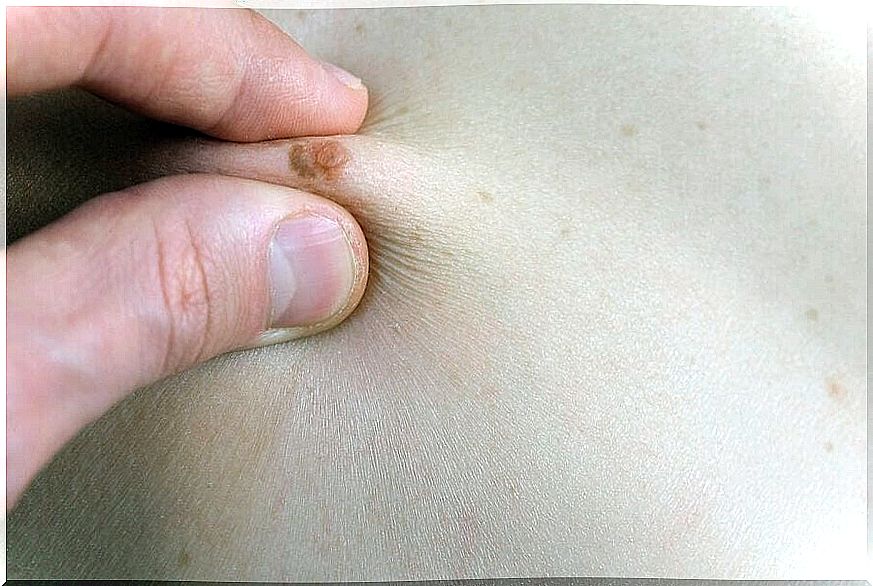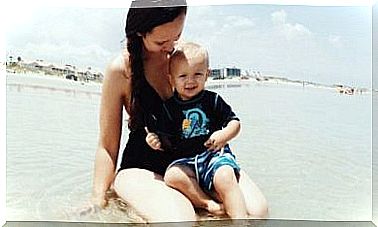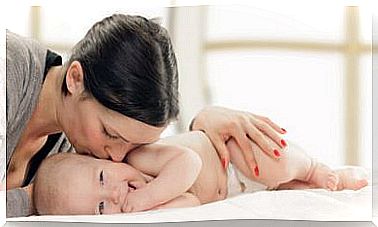Types Of Spots: How To Identify Them

Spots, or according to their scientific name melanocytic nevi, are skin patches of different shades and shapes that are present in all human beings. As their shape and color often vary, it is important that we can differentiate between the types of moles because not all of them are benign.
It is estimated that, at birth, children have an average of ten moles on their skin, which is a relatively low number. People with white skin are the most susceptible to these skin blemishes.
The spots can grow, change or even disappear. It will all depend on the care provided, genetic factors and changes in health because moles are theoretically changes in tissue.
Taking all that and consideration, today we want to present some tips for you to know how to differentiate the types of spots. This way, you will be able to take care of your little one’s skin from an early age and, also, you will be able to analyze any particularities or changes that may occur.
Types of Spots: How to Identify Them
There are several things you should consider about moles before evaluating their physical characteristics. First, healthy moles are asymptomatic. This means they don’t itch, burn, fester or inflame, and the surrounding skin doesn’t turn red or pale.
With these first few descriptions of what it includes to have a healthy mole, you can get an initial idea of how to identify if there is an abnormality in your child’s skin. Now, it’s time to focus on their shape and color.
Format
Spots have a circular appearance with sharp edges, but they can also be oval. Its diameter does not exceed 5 millimeters in width and the estimated maximum size is the same as that of an eraser at the tip of a pencil.

There are two types of dots according to their shape: the smooth one, which is usually the most recurrent, and also the one with elevation. By popular tradition, it is considered that if a mole has a palpable relief or grows, it may mask a melanoma or some other problem. This consideration is not completely true.
Although shape irregularity may arise when it comes to mole abnormalities, it is only the dermatologist’s discretion that will determine its true nature.
Any procedure for removing moles must be indicated and carried out by a specialist and only by him. In addition, an outpatient intervention will be required to carry out the process.
Color
As far as color is concerned, they are usually included in a range of colors linked to ocher or brown tones, also including black, blue and red in the so-called bloodstains.
The color of the spots can also be a possible indication of changes. However, as we mentioned when talking about the shape, if the mole is asymptomatic, in theory there is nothing to fear.
The color of the mole will also have a close relationship to the person’s skin tone. Caucasians and blondes have been identified as having pink to light brown spots. Whereas people with black hair or dark skin have dark brown and black spots.

How to identify abnormalities
It is very rare for a healthy mole to turn into melanoma, as there must be exceptional conditions for this to happen.
It is also true that certain individuals are more likely to suffer from this condition. Specifically people who have very white skin, who are exposed to the sun without protection or, for example, who have more than fifty moles.
It is important to note that while it is good to identify if there are changes in your child’s moles, only the dermatologist will be able to determine the exact condition of the mole and the type of care it deserves.
Therefore, if your child has more than ten moles on the skin, take him or her for a routine examination with the specialist physician to receive proper guidance on this matter.
In conclusion, it is worth noting that, in all cases, moles in children are benign. However, its alterations are directly related to indiscriminate exposure to the sun and without protection. Prevention and skin care will always be excellent allies for children to have healthy skin.









